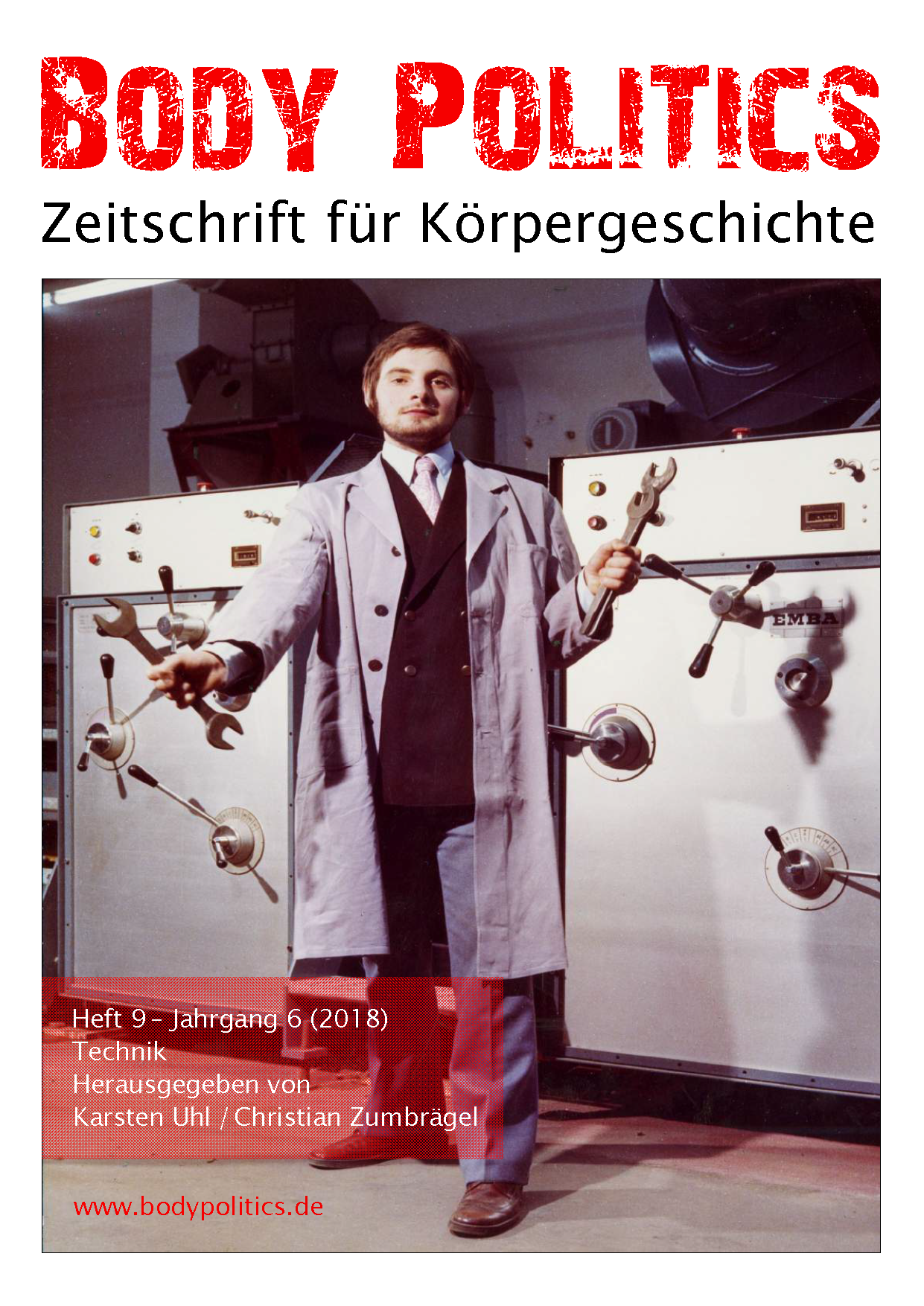Shaping the Modern Body
Water Infrastructure in Los Angeles (1870–1920)
DOI:
https://doi.org/10.12685/bp.v6i9.1496Abstract
English abstract: This article examines the appropriation of new water technologies in Los Angeles between 1870 and 1920. In particular, it explores how social reformers aimed to establish sanitary conduct. Adjusting consumers to tap water and toilet facilities instead of public wells and surface sewers was a contingent process. It required both the disciplining of everyday life routines and the habitualization of bodily practices by consumers. In circa 1900 Los Angeles, this process connected to the biopolitical formation of the city population. By excluding Mexican and Chinese Americans from water infrastructure, the white majority produced the “modern city” on the model of the “modern body,” both imagined in racial, classed, and gendered categories.
Downloads
Veröffentlicht
Ausgabe
Rubrik
Lizenz

Dieses Werk steht unter einer Creative Commons Namensnennung - Nicht-kommerziell - Keine Bearbeitung 3.0 International -Lizenz.


